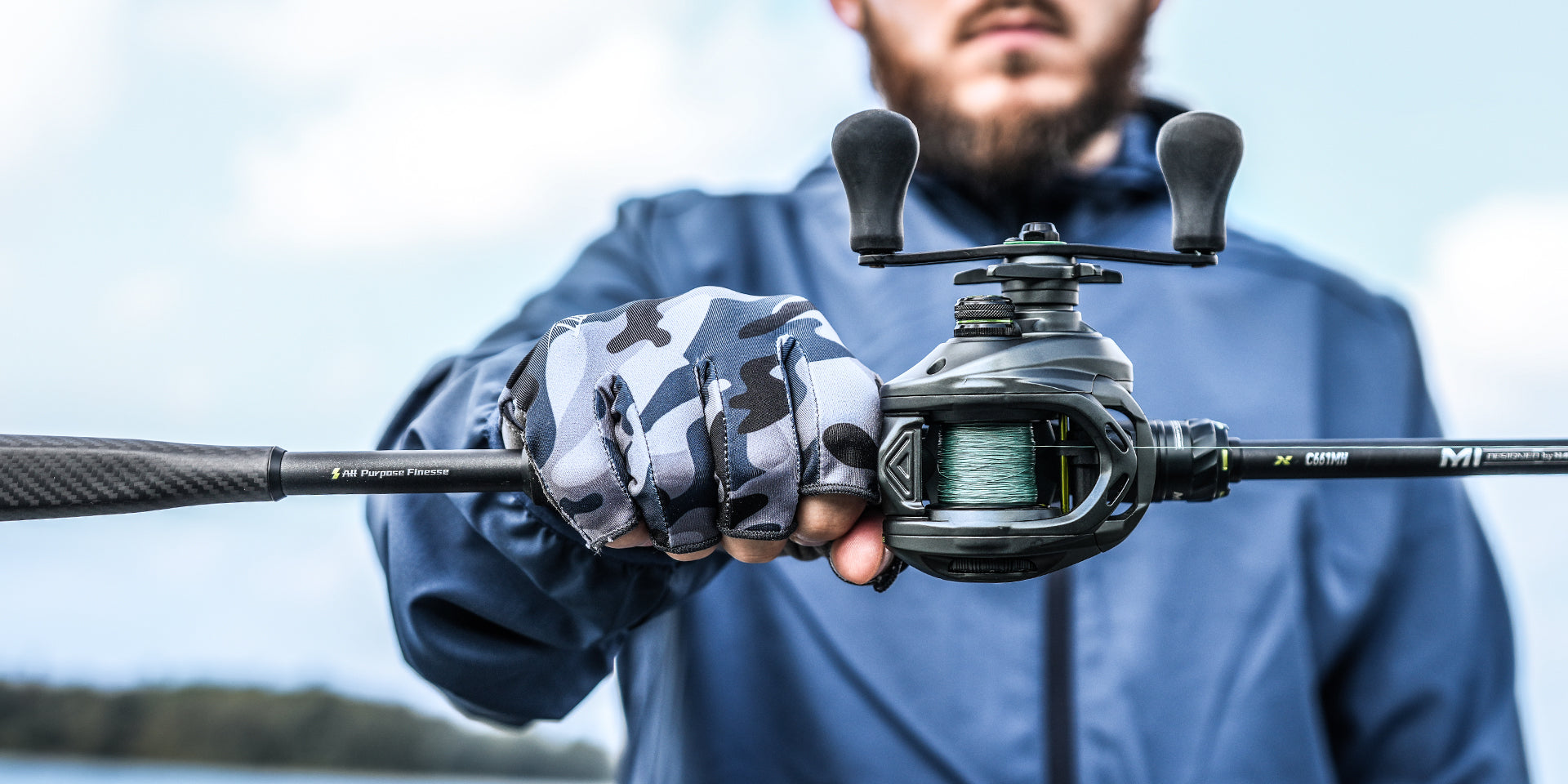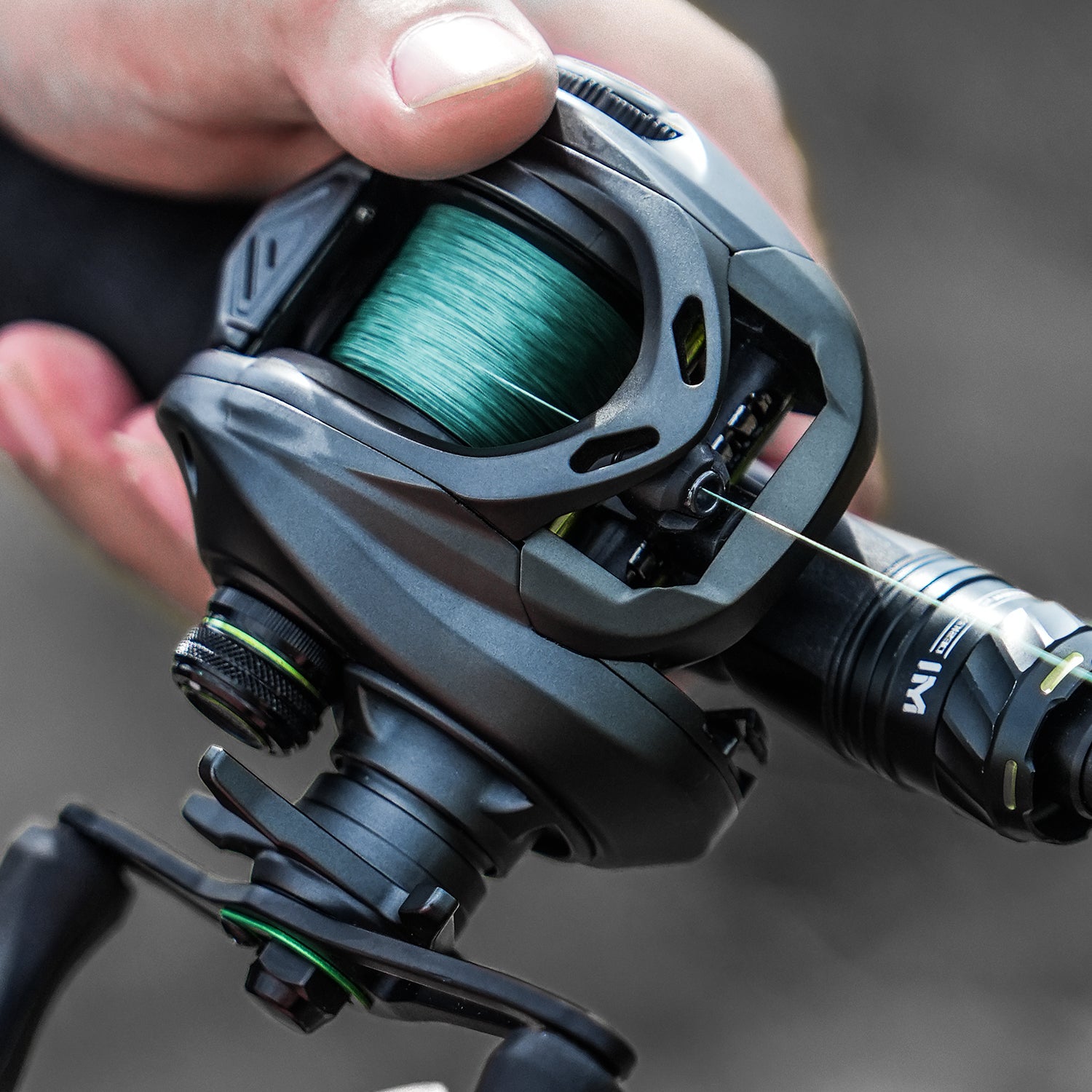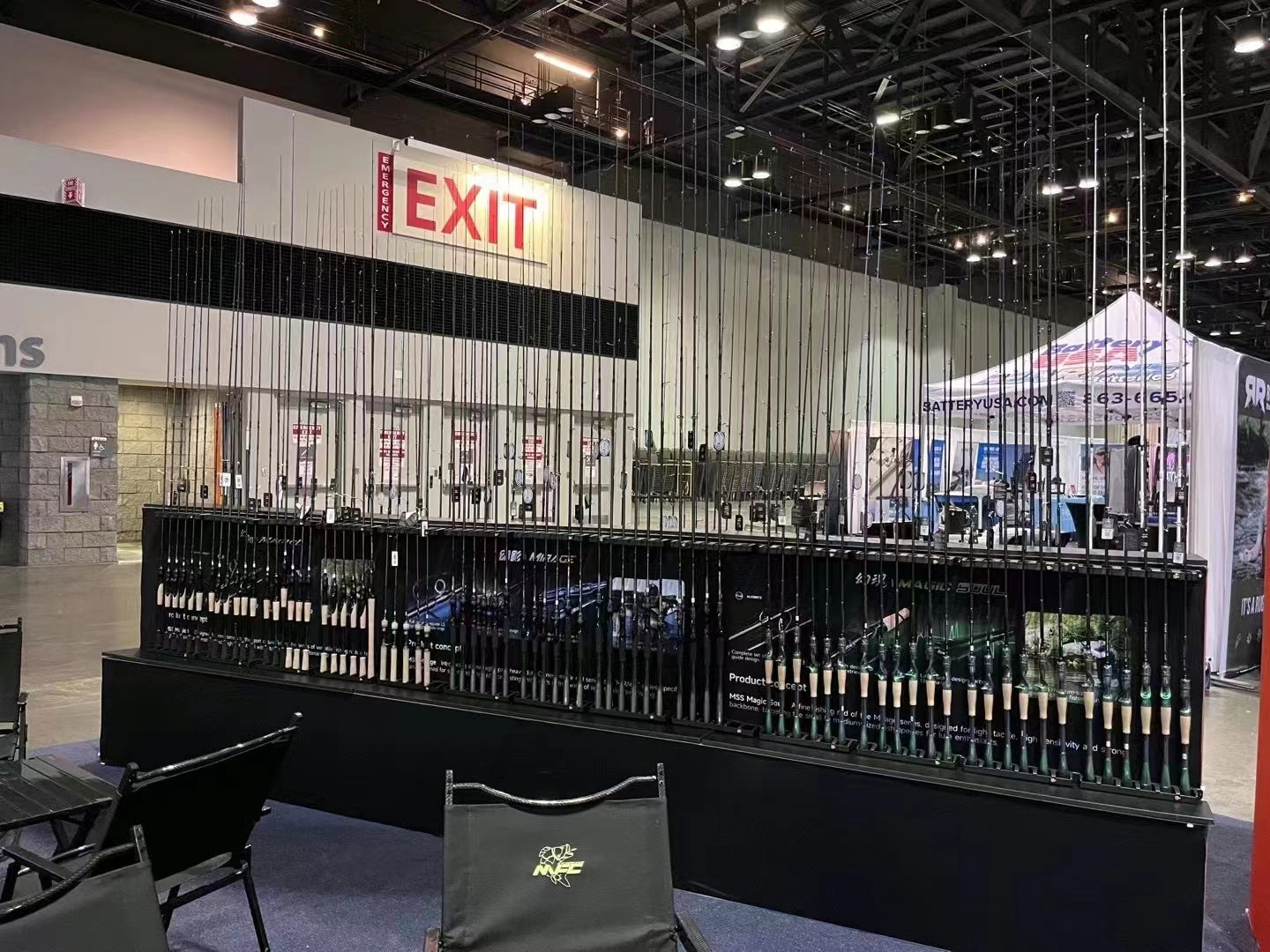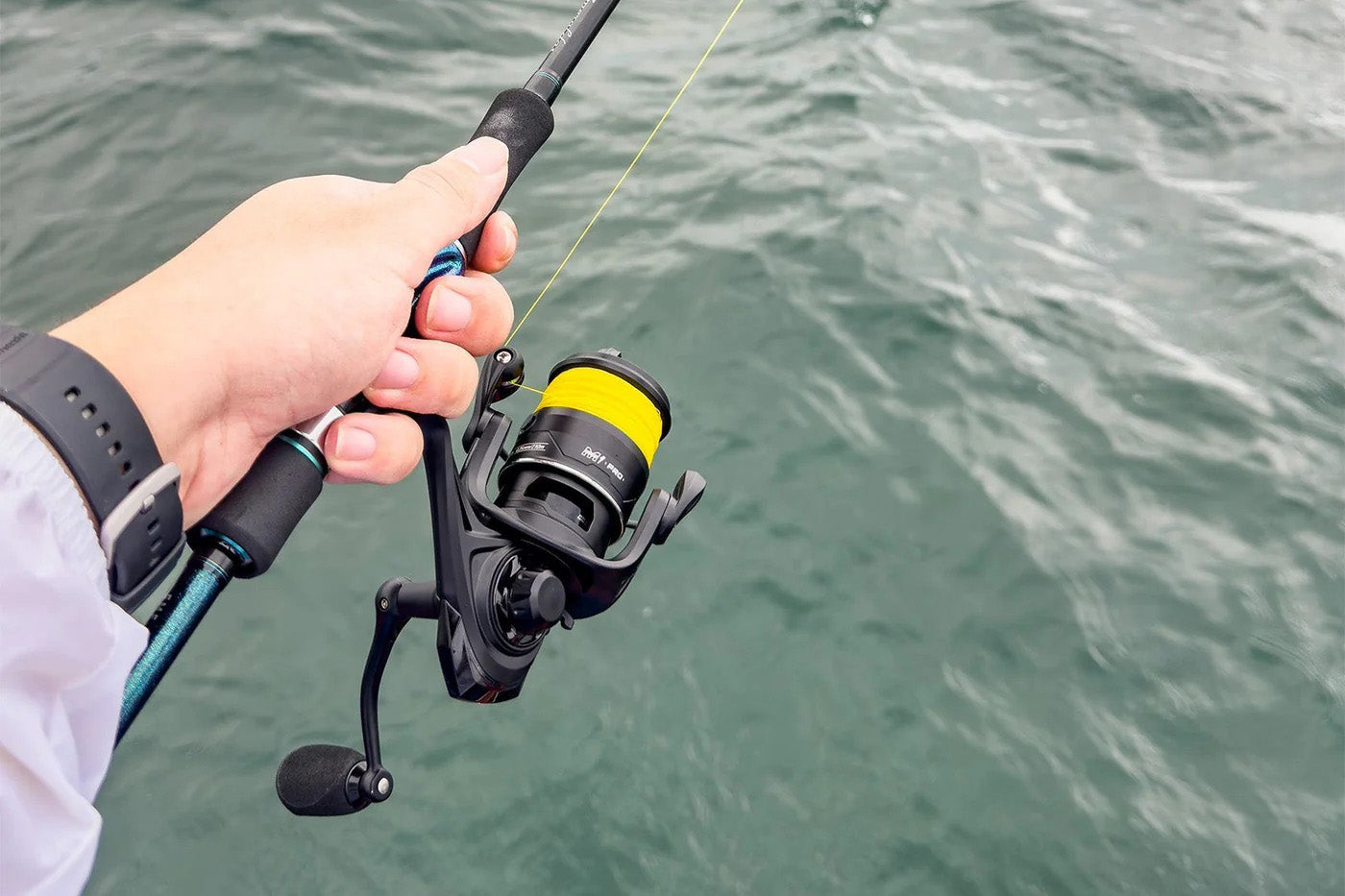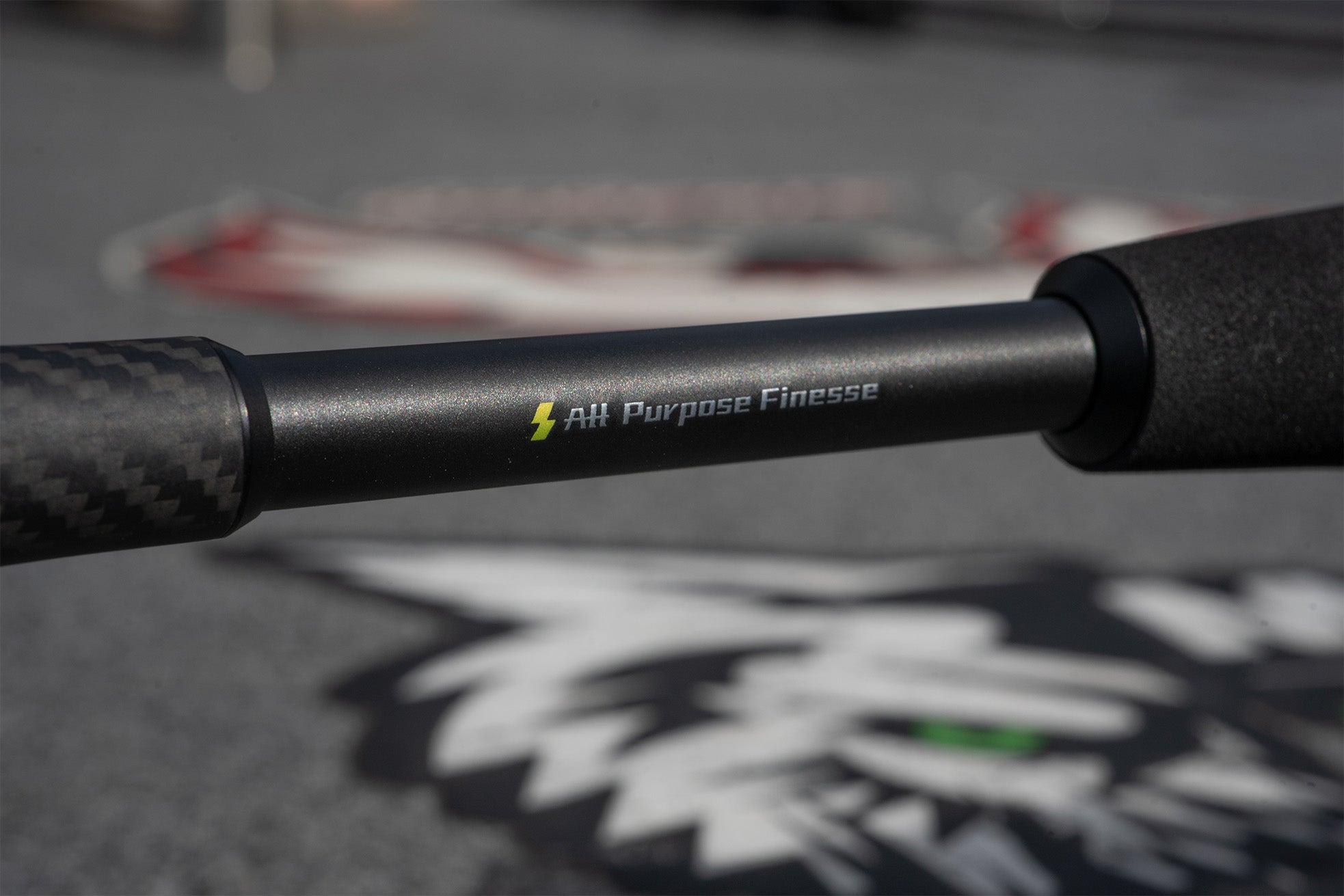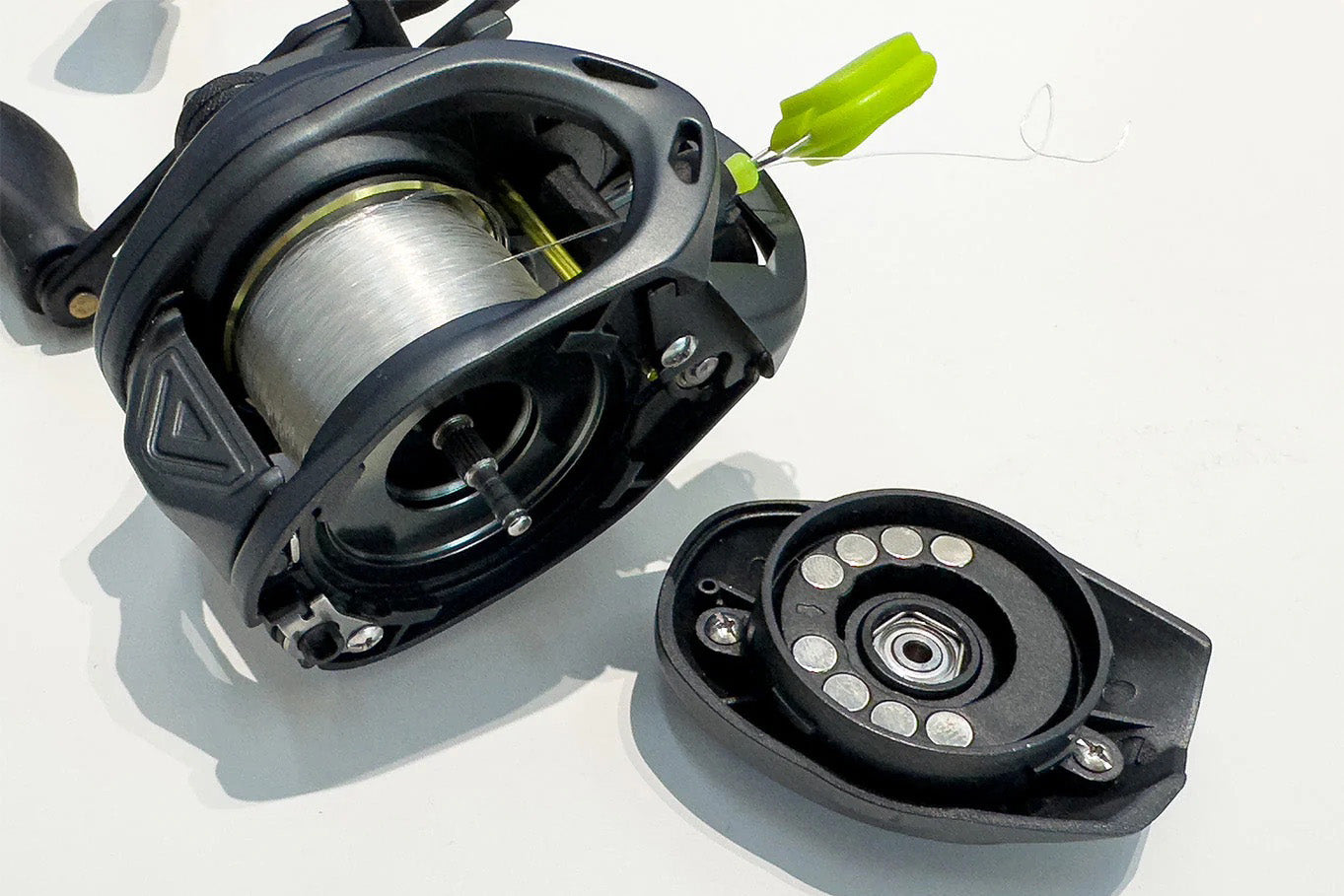Ever feel like you're watching everyone else catch fish while you're just... fishing? The problem might be simpler than you think: your gear ratio. It's easy to overlook, but understanding gear ratio can seriously improve your fishing game. Whether you're using a spinning reel or a baitcaster, knowing how gear ratios work helps you present your lure better and, ultimately, catch more fish.

What Is Gear Ratio and Why Should You Care?
Gear ratio tells you how many times the reel's spool spins around each time you crank the handle once. So, if a reel has a 6.4:1 gear ratio, the spool goes around 6.4 times for every full turn of the handle. This might sound technical, but it changes everything from how fast you can reel in your lure to how well you can fight a big fish.
Think of gear ratio like the gears on a bike. Lower gears (like 5.2:1) give you more power but make you go slower – great for riding uphill. Higher gears (like 8.1:1) give you less power but more speed – perfect for cruising on flat ground. It's the same idea when you're choosing gear ratios for different kinds of fishing.
Gear ratios are usually split into three groups:
Low Gear Ratio (5.0:1 to 5.9:1)
- Gives you the most power.
- Best for reeling in heavy lures from deep water.
- Helps you fight big fish without getting as tired.
- Ideal for deep-diving crankbaits and heavy jigs.
Medium Gear Ratio (6.0:1 to 6.9:1)
- A good mix of power and speed.
- Works for most types of fishing.
- A great choice for beginners.
- Good for spinnerbaits, medium-depth crankbaits, and Texas rigs.
High Gear Ratio (7.0:1 and Higher)
- Lets you reel in super fast.
- Great for quickly tightening your line.
- Perfect for topwater lures, jerkbaits, and pitching/flipping.
- Helps you cover more water faster.
Most new anglers don't realize that even a small change in gear ratio can make a big difference in how much line you get back with each turn of the handle. A 7.1:1 baitcasting reel brings in almost 30% more line per turn than a 5.4:1 reel. This small thing can be the difference between catching a fish and missing it.
Spinning vs. Baitcasting: How Gear Ratios Differ

When you compare spinning reels and baitcasting reels, you'll see that companies use gear ratios differently for each type.
Spinning Reels: Reliable and Easy to Use
Spinning reels usually have gear ratios between 5.0:1 and 6.5:1. This smaller range is because spinning reels are made to be more versatile and work for all kinds of fishing. They're great for lighter line, where super-fast retrieves aren't as important.
The way spinning reels are designed – with a spool that stays still and a bail – means they handle line differently than baitcasters. This design limits how high the gear ratio can go without making the reel hard to use.
For new anglers, this is actually a good thing. The more moderate gear ratios of spinning reels make it easier to learn how to reel properly without making mistakes because you're going too fast or too slow. This is why spinning reels are often considered the best fishing reel type for beginners who are still mastering basic techniques.
Baitcasting Reels: Made for Specific Situations
Baitcasting reels have a much wider range of gear ratios, usually from 5.0:1 all the way up to 9.1:1. This bigger range shows that baitcasting reels are more specialized. Serious anglers often buy them for specific fishing techniques, not just for general use.
The way baitcasting reels are made – with the spool itself rotating – allows for these higher gear ratios without making the reel feel rough or weak. This makes them the go-to choice for experienced anglers who need to control how fast they reel in their line very precisely.
The higher gear ratios you can get with a baitcasting reel make it especially good for techniques where you need to pick up line quickly, like flipping into thick weeds or using topwater lures where you need to set the hook right away..
Choosing the Right Gear Ratio for Your Fish

Different fish like different kinds of presentations. Here's how to pick a gear ratio that fits the fish you're after:
Bass Fishing: The Gear Ratio Challenge
Bass fishing requires you to be adaptable because bass will bite all sorts of lures depending on the conditions. For the excitement of topwater fishing, high gear ratios (7.0:1 and up) are great for using poppers or walking baits where you need to quickly reel in slack line. During summer months, specialized bass fishing techniques become particularly effective when paired with the right gear ratio for warmer water presentations. When bass are hanging out in deeper water, lower gear ratios (5.0:1-5.5:1) give you the power you need to reel in deep-diving crankbaits.
Many experienced bass anglers have several fishing rods rigged with different gear ratios so they can quickly switch to whatever the fish want. If you can only bring one reel, a medium gear ratio around 6.3:1 is a good all-around choice for most bass fishing situations.
Walleye Fishing: Finesse and Control
Walleye usually bite better when you use more subtle techniques. Medium gear ratios between 5.5:1 and 6.2:1 are perfect for staying in contact with jigs or slowly reeling in crankbaits. These moderate ratios let you reel in the lure at a controlled speed, which walleye often prefer, especially in deeper water where staying at the right depth is important.
Pike and Musky: Speed Freaks
These fish with the sharp teeth often go for lures that move fast. High gear ratios (6.4:1 or higher) help anglers effectively use bucktails, glide baits, and large spinnerbaits. The fast retrieves you can get with higher gear ratios are more likely to trigger the aggressive strikes that these fish are known for, especially when the water is warm.
Matching Fishing Techniques to Gear Ratios
Besides thinking about what kind of fish you're trying to catch, certain fishing techniques work better with specific gear ratios:
Topwater Lures
Fast retrieves often cause fish to strike topwater lures aggressively. High gear ratios (7.0:1 and up) allow anglers to:
- Make topwater walking lures move perfectly with less wrist movement.
- Quickly reel in slack line when a fish bites.
- Work buzzbaits at the right speed to create a commotion on the surface.
- Change retrieve speeds easily without having to crank the handle a lot.
Crankbait Fishing
The best way to present a crankbait depends a lot on how deep it dives:
- Shallow crankbaits (0-5 feet) work well with medium to high gear ratios (6.3:1-7.1:1). This allows for faster retrieves that keep the lure higher in the water.
- Mid-depth crankbaits (6-12 feet) work best with medium gear ratios (6.0:1-6.5:1). This gives you enough power without sacrificing speed.
- Deep-diving crankbaits are the most challenging. Low gear ratios (5.0:1-5.5:1) provide the force you need to pull these lures through deeper water while tiring you out less. This power advantage is especially noticeable when you're fishing for a long time.
Finesse Fishing
Lighter lures and presentations often require you to manage your line carefully. Medium gear ratios (6.0:1-6.5:1) are great for:
- Keeping constant tension on the line when using drop shot rigs.
- Providing precise control for ned rigs and small jigs.
- Making subtle speed changes for soft plastic lures.
- Giving you enough power to fight fish on lighter tackle.
Common Mistakes When Choosing Gear Ratios
Even experienced anglers sometimes make mistakes when choosing gear ratios, which hurts their fishing success. Watch out for these common errors:
Using gear ratios that are too high with deep-diving crankbaits causes more resistance, tires out your arm faster, and shortens your fishing time. Also, using a gear ratio that's too low for topwater lures can cause you to miss strikes because you can't reel in slack line fast enough.
Maybe the biggest mistake is thinking that "one size fits all." While versatile, medium gear ratios work okay for many things, they won't give you the best performance for specialized techniques. Serious anglers know that having several reels with different gear ratios makes them much more effective at fishing. Understanding proper reel sizing alongside gear ratios completes your equipment selection strategy.
Put Gear Ratio Knowledge to Work Now!
Understanding gear ratios can change your fishing trips from average to awesome. Whether you like spinning reels for their versatility or baitcasting reels for their specialized performance, picking the right gear ratio makes a huge difference in how many fish you catch. Start trying out different ratios based on the techniques you like, and watch your catch rates go up as you match the perfect speed to each situation.


